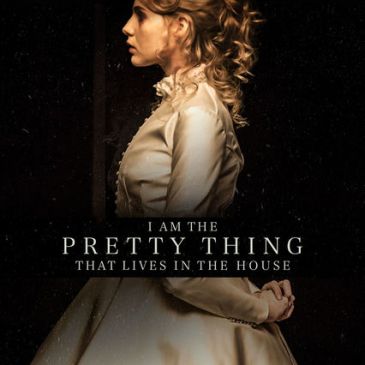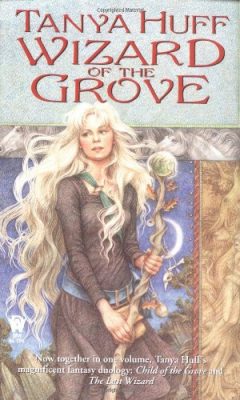Ali Almossawi, an engineer/designer, elegantly illustrates every subsidiary of the Big Five American publishing houses (Penguin Random House, HarperCollins, Macmillan, Simon & Schuster, Hachette). Fascinating and pretty to look at (and playing “spot the sff imprint” is fun), but, as always, it’s slightly unnerving to be reminded how conglomerated just about everything we buy nowadays is.
—–
Angela Carter remembered and interviewed by Anna Katsavos, reproduced by the Dalkey Archives; a good part of the interview dwells on Carter’s eventual dissatisfaction with the reinvention or reuse of mythology. The central question might be, “Have we got the capacity at all of singing new songs?”, as Carter says towards the end while discussing gender and representation.
Fevvers is a very literal creation. She’s very literally a winged spirit. She’s very literally the winged victory, but very, very literally so. How inconvenient to have wings, and by extension, how very, very difficult to be born so out of key with the world. Something that women know all about is how very difficult it is to enter an old game. What you have to do is to change the rules and make a new game, and that’s really what she’s about.
There are some fun things as well about speculative fiction:
One kind of novel starts off with “What if I found out that my mother has an affair with a man that I thought was my uncle?” That’s presupposing a different kind of novel from the one that starts off with “What if I found out my boyfriend had just changed sex?” If you read the New York Times Book Review a lot, you soon come to the conclusion that our culture takes more seriously the first kind of fiction, which is a shame in some ways. By the second “what if’ you would actually end up asking much more penetrating questions. If you were half way good at writing fiction, you’d end up asking yourself and asking the reader actually much more complicated questions about what we expect from human relationships and what we expect from gender.
Also, she delightfully describes The Bloody Chamber as “cholesterol-rich.”
-E
Go to
Reviews: Angela Carter’s “The Courtship of Mr. Lyon”
Wayward Girls and Wicked Women, ed. by Angela Carter (1986) E
More essays and interviews: Chamber of Secrets: The Sorcery of Angela Carter
Astrological Angela Carter



